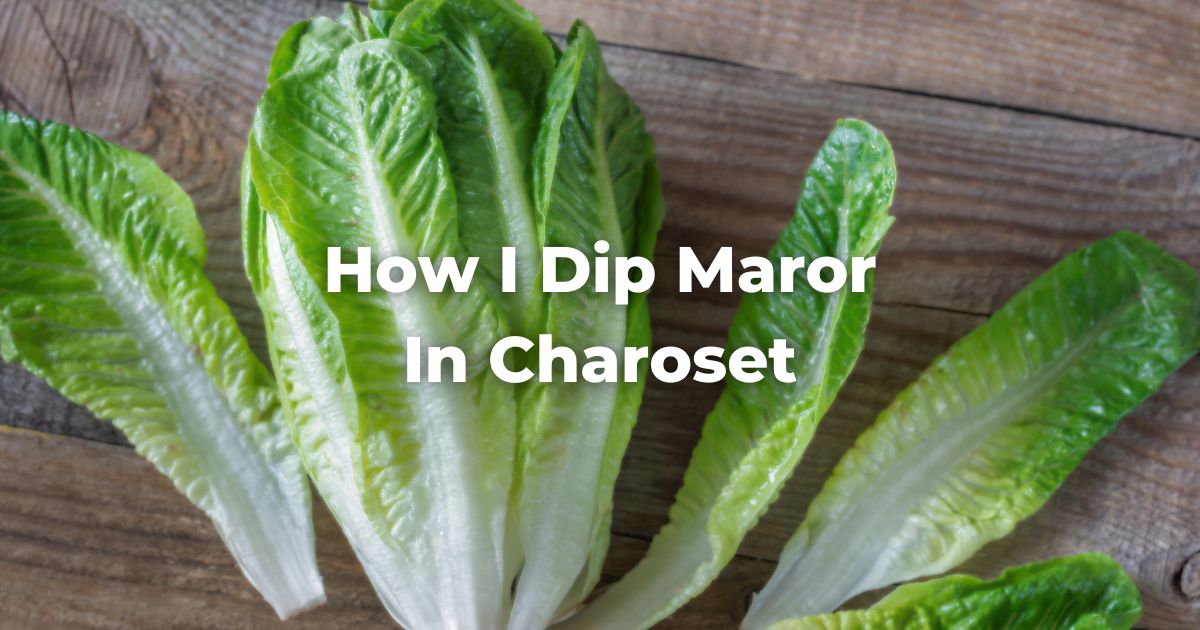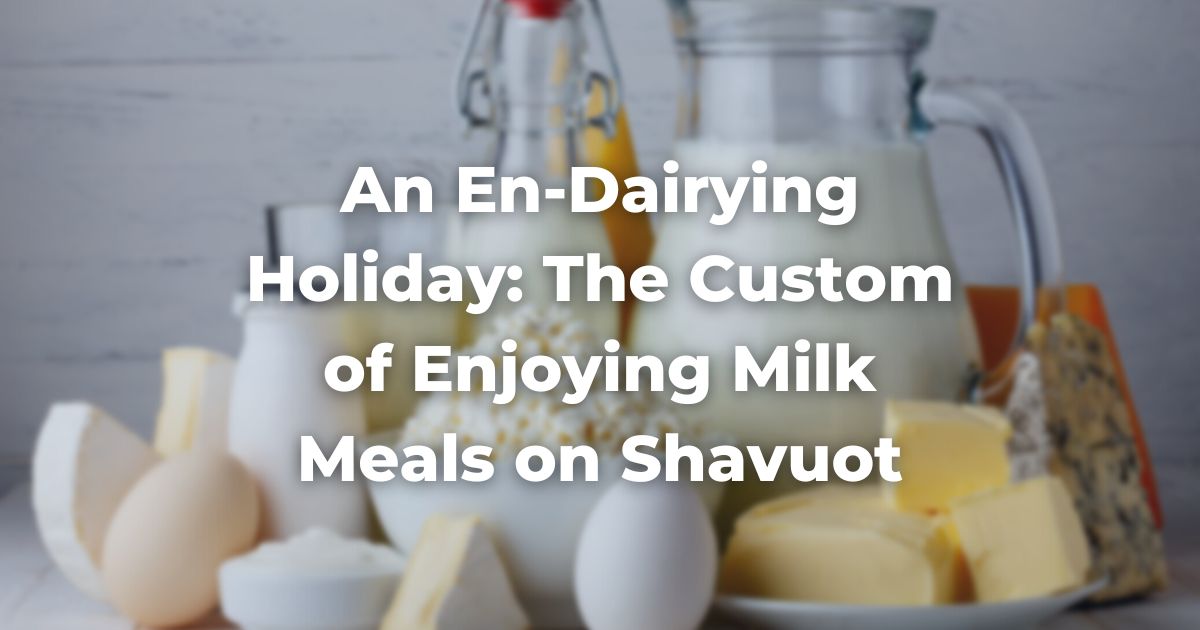My parents’ seder custom was for each person to have their own ‘set-up’ at their place. It wasn’t identical to the Seder Plate displayed in the center of the table. Rather, each person had a small plate with all the edible items we would need. So, for example, each person had a small plastic cup of salt water and pieces of parsley and celery for the first dip, “Karpas.”
And what did we do for the second dip? That is my favorite part of the seder: “Maror”! I don’t like the taste of the bitter herbs themselves. I like the ritual and lore surrounding maror and charoset.
As part of our “set-up,” the individual plates were also set with a piece of lettuce, a small serving of charoset, and a second empty plastic cup. My father had a special ritual that seemed complicated and obscure.
I thought everyone did this until I attended other families’ seders and observed: Some people did nothing—just went straight to the matza sandwich.
In other families, the host distributed a piece of horseradish (the size of a garlic clove) to everyone, and we were instructed to dip it into a communal bowl of charoset. How simple, how elementary, how … unexciting, I thought to myself.
Here is how my father taught us to conduct ‘Maror’, or the second dipping of the seder. This custom comes from my grandfather’s Lithuanian yeshivah heritage.
- Combine some wine and charoset in the empty plastic cup to make a solution. My brothers and father would discuss which item was the solvent and which was the solute. I never understood the distinction. This is probably why they were all scientists and I am not.
- We discovered that the horseradish retained its flavor if you took it out of the jar just at the time of “maror” instead of serving it at the outset. We stopped including it in the “set up,” we served each person a portion at the precise moment we needed it.
- Put some horseradish and some charoset in the lettuce and roll it up to form a small wrap. We used to use Iceberg lettuce. However, while traveling in Spain in 2016 I found that individual leaves of Romaine lettuce purchased in Spanish markets were just the right size for an individual wrap. And they tasted bitter. Since then, I have used Romaine lettuce in my seder. Moreover, I don’t need to add horseradish to the charoset since bitter Romaine lettuce IS the maror.
- Now that you have a “wrap,” DIP it into your wine/charoset solution. Now say the blessing over “Maror.” Delicious! You can use whatever proportion of charoset and horseradish you like, although the point of the whole thing is to taste something bitter…
Author
-

Sara Geller has served Conservative congregations since 1992. She received her Commission from the Cantors Assembly in 2002. She has lived in New York, Massachusetts, Maryland, and South Carolina. Hazzan Geller sits on the Cantors Assembly Executive Council and the Antiracism Subcommittee of the RA/USCJ Commission on Social Justice.
View all posts






